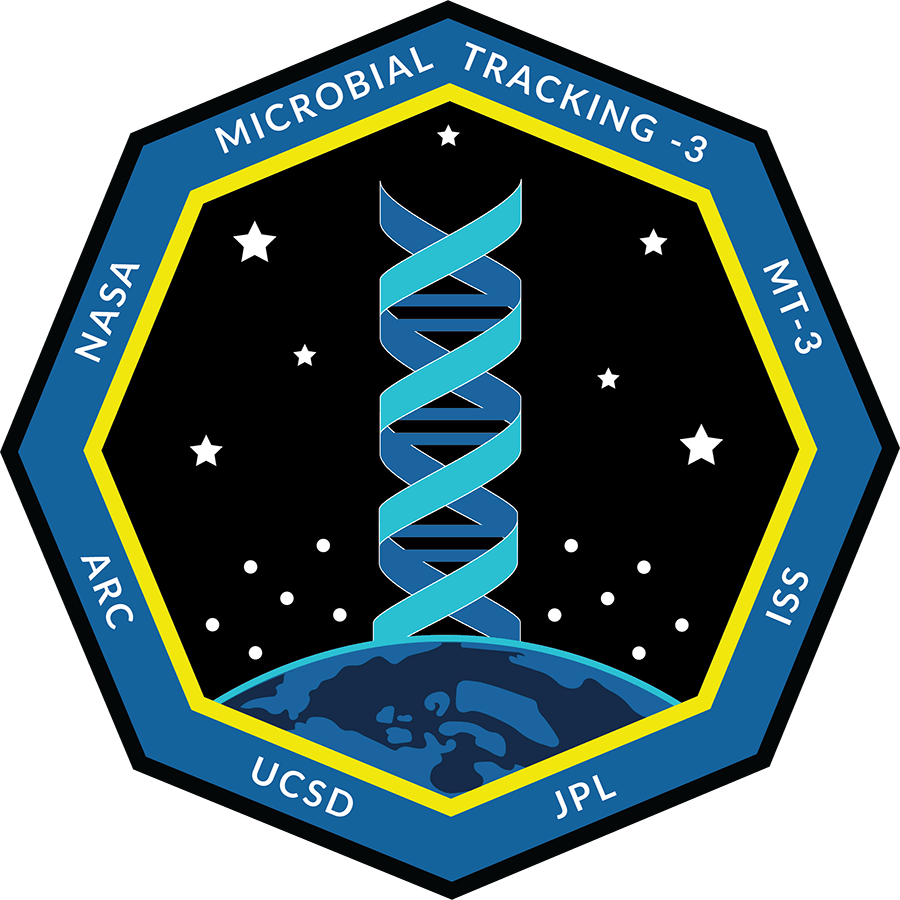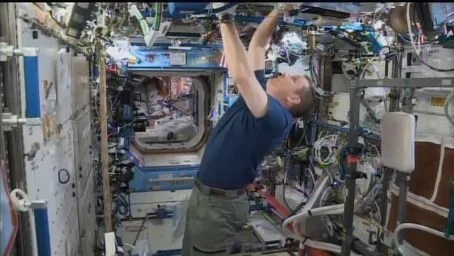Microbial Tracking-3 (MT-3)
Microbial Tracking-3 is an investigation cataloging and characterizing potential disease-causing microorganisms aboard the International Space Station.
Science Objective
Microbial Tracking-3 is the third investigation in a series focused on ongoing monitoring of the International Space Station to identify bacteria and fungi and monitor them to understand if they could be disease-causing (virulent) and resistant to antibiotics, or may be more prone to causing illness (pathogenicity). The investigation aims to determine the distribution and selection of antimicrobial resistance and virulence genes in microbial genomes in the space station environment. Researchers will selectively detect living microbial population, their distribution on the station, and fluctuation (dynamics) over time.
Status
Experiment supplies are planned to launch to the International Space Station on SpaceX’s 22nd, 23rd, and 24th commercial resupply servicing missions. The 22nd SpaceX resupply flight is targeted to launch on June 3.
Experiment Description
Humans are part of an ecosystem that includes many microbes that live inside and on our bodies. When astronauts travel in space, their microbiome travels with them and can be shed inside the closed system of the spacecraft. Microbes also hitch a ride into space on equipment and supplies and have colonized some surfaces inside the space station. From previous flight studies of bacteria and fungi aboard the orbiting laboratory, it appears the appears that the isolation and closed environment of the station can trigger responses in microbes that could allow them to become resistant to antibiotics or antifungals that would ordinarily be used to treat infections on Earth.
Each of the three SpaceX commercial resupply service missions to the station will deliver a new set of microbial sampling kits and return samples to Earth for analysis. These will be analyzed to identify the types of microbes being found, their interactions, the development of microbial communities, and any microbial effects on human health.
Analyzing the samples will help scientists determine the distribution of microorganisms and if there are changes in antimicrobial resistance and virulence genes in microbial and fungal genomes and metagenomes in the space station environment. These experiments are designed to understand the adaptation of genes and pathways that could affect the space station environment.
Related Links
Space Station Research Explorer - Microbial Tracking-3





























